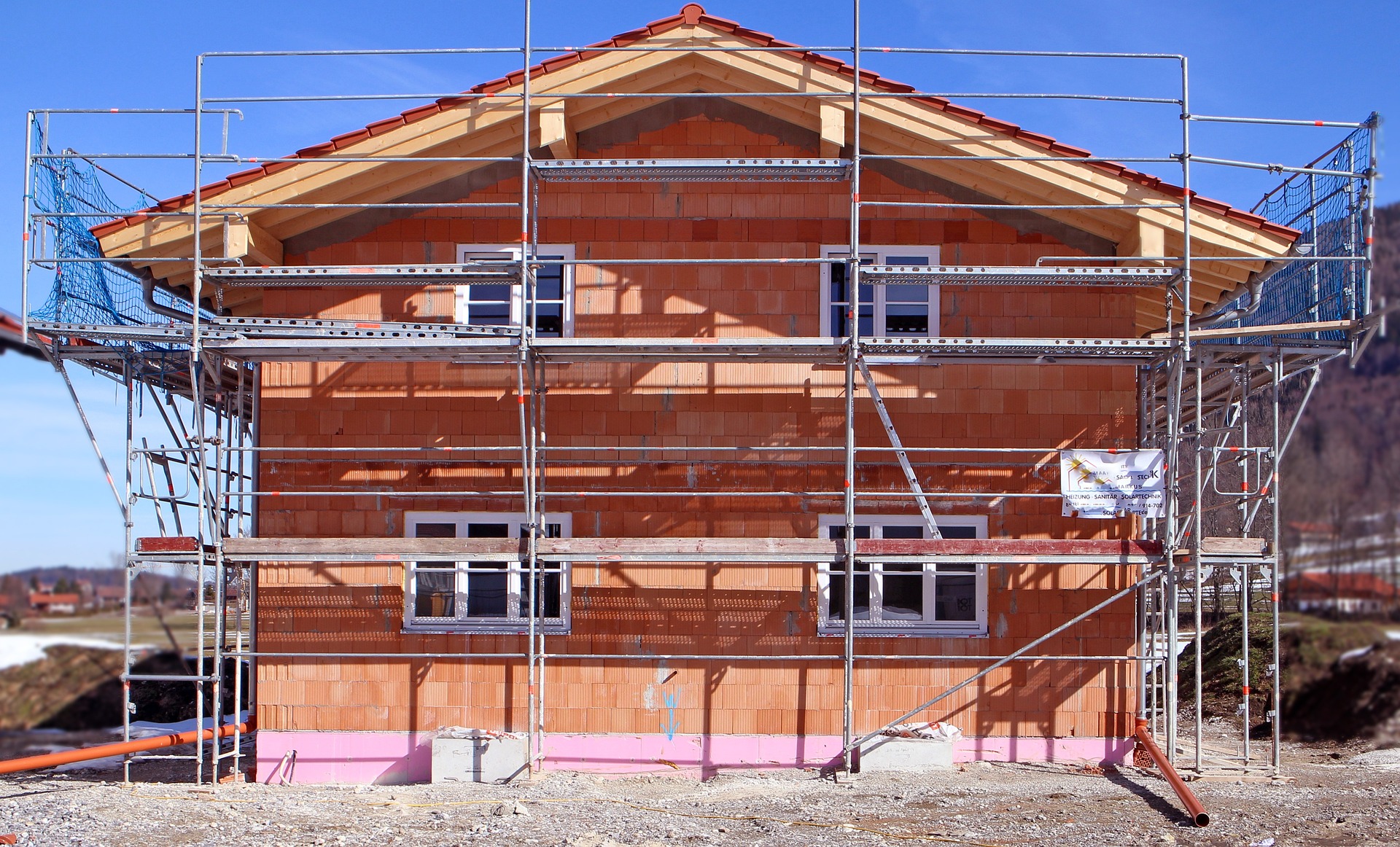Living in a Shipping Container: A Modern Housing Alternative
Shipping container homes have emerged as an innovative solution to sustainable living, offering a unique blend of affordability, durability, and architectural flexibility. These dwellings, constructed from retired shipping containers, represent a creative approach to addressing housing needs while promoting environmental consciousness through adaptive reuse of industrial materials.

Design and Modification Requirements
Converting a shipping container into a livable space requires several essential modifications. These include installing proper insulation, cutting openings for windows and doors, and adding interior walls and utilities. The process demands careful planning to address challenges like temperature regulation, moisture control, and structural integrity while maintaining the container’s inherent strength.
Cost Considerations and Budget Planning
The cost of building a shipping container home varies significantly based on multiple factors:
| Component | Estimated Cost Range | Notes |
|---|---|---|
| Basic Container (20ft) | $2,000 - $5,000 | Used condition |
| Basic Container (40ft) | $3,500 - $7,000 | Used condition |
| Insulation | $1,500 - $3,000 | Per container |
| Windows and Doors | $2,000 - $5,000 | Basic installation |
| Interior Finishing | $10,000 - $30,000 | Basic amenities |
| Labor | $10,000 - $40,000 | Location dependent |
Prices, rates, or cost estimates mentioned in this article are based on the latest available information but may change over time. Independent research is advised before making financial decisions.
Building Permits and Regulations
Before beginning a container home project, it’s crucial to understand local building codes and zoning regulations. Many jurisdictions have specific requirements regarding foundation systems, structural modifications, and safety measures. Working with experienced architects and contractors who understand container construction can help navigate these requirements effectively.
Environmental Impact and Sustainability
Container homes contribute to environmental sustainability through several means. By repurposing shipping containers, these homes reduce construction waste and minimize the demand for traditional building materials. Additionally, their compact size typically results in lower energy consumption for heating and cooling compared to conventional homes of similar square footage.
Common Challenges and Solutions
While container homes offer numerous advantages, they also present unique challenges. Temperature control can be difficult due to the metal construction, requiring proper insulation and ventilation systems. Space constraints may necessitate creative storage solutions and careful floor plan design. However, these challenges can be effectively addressed through thoughtful planning and modern construction techniques.
The growing popularity of shipping container homes reflects their potential as a viable housing alternative. Whether used for primary residences, vacation homes, or temporary housing solutions, these innovative structures demonstrate how industrial materials can be transformed into comfortable, sustainable living spaces. As building techniques continue to evolve and more contractors gain experience with container construction, this housing option is likely to become increasingly accessible to a broader range of homeowners.






